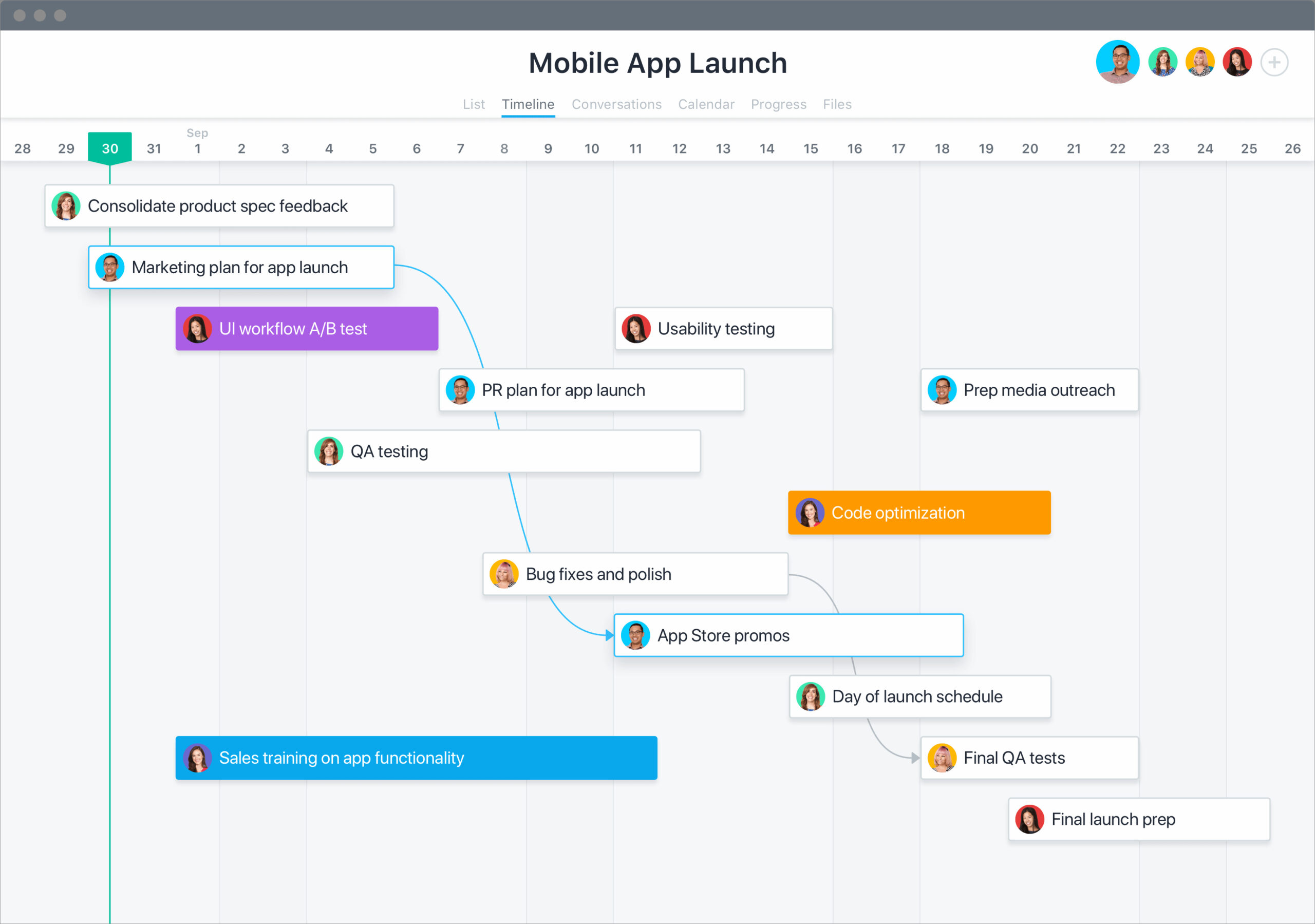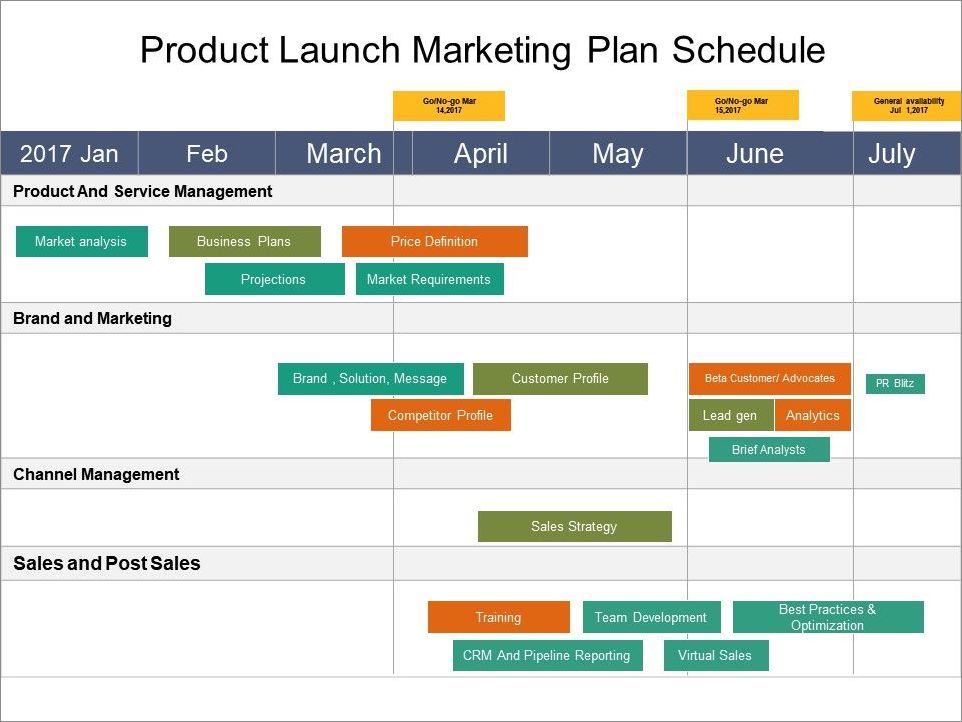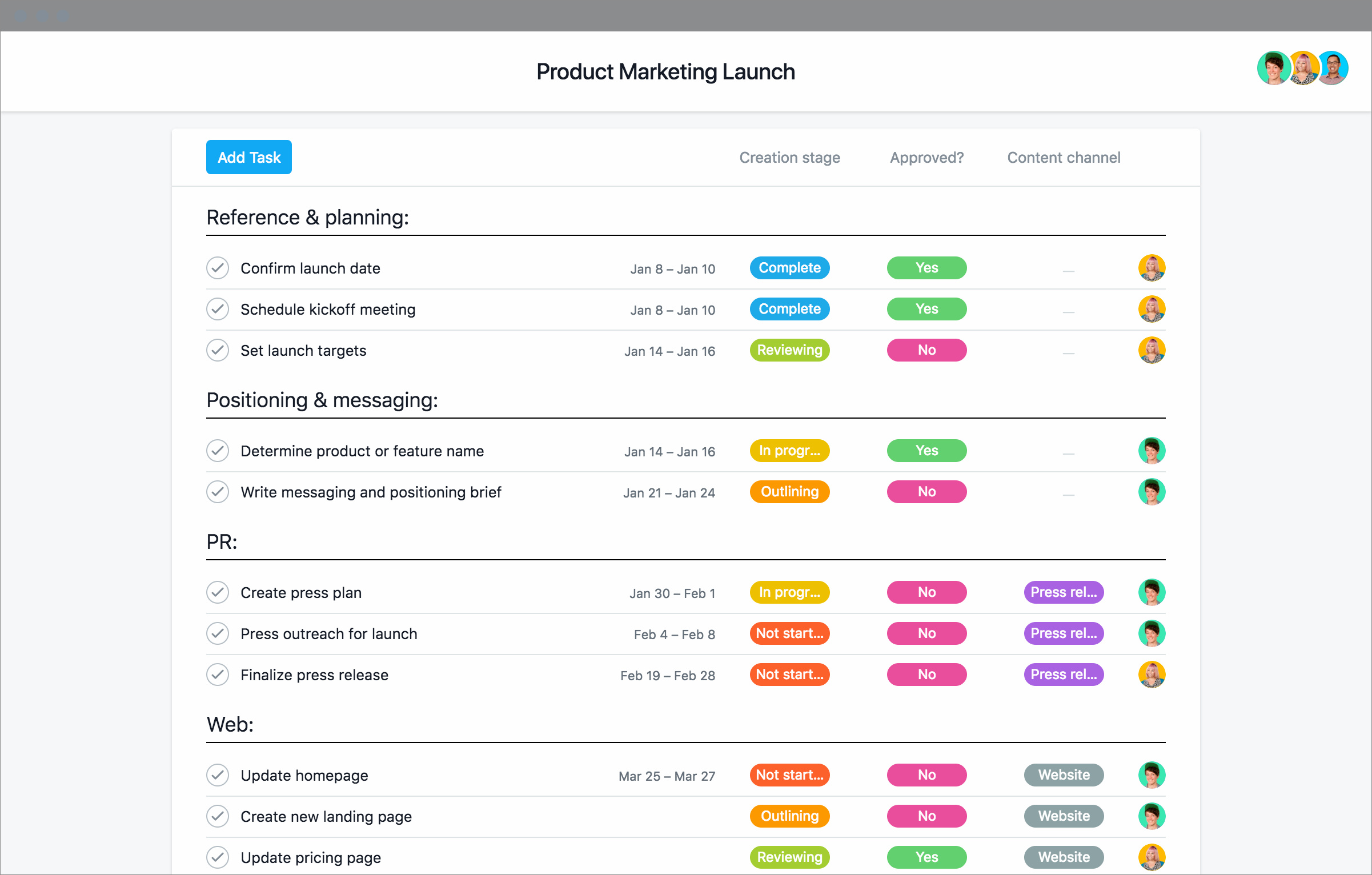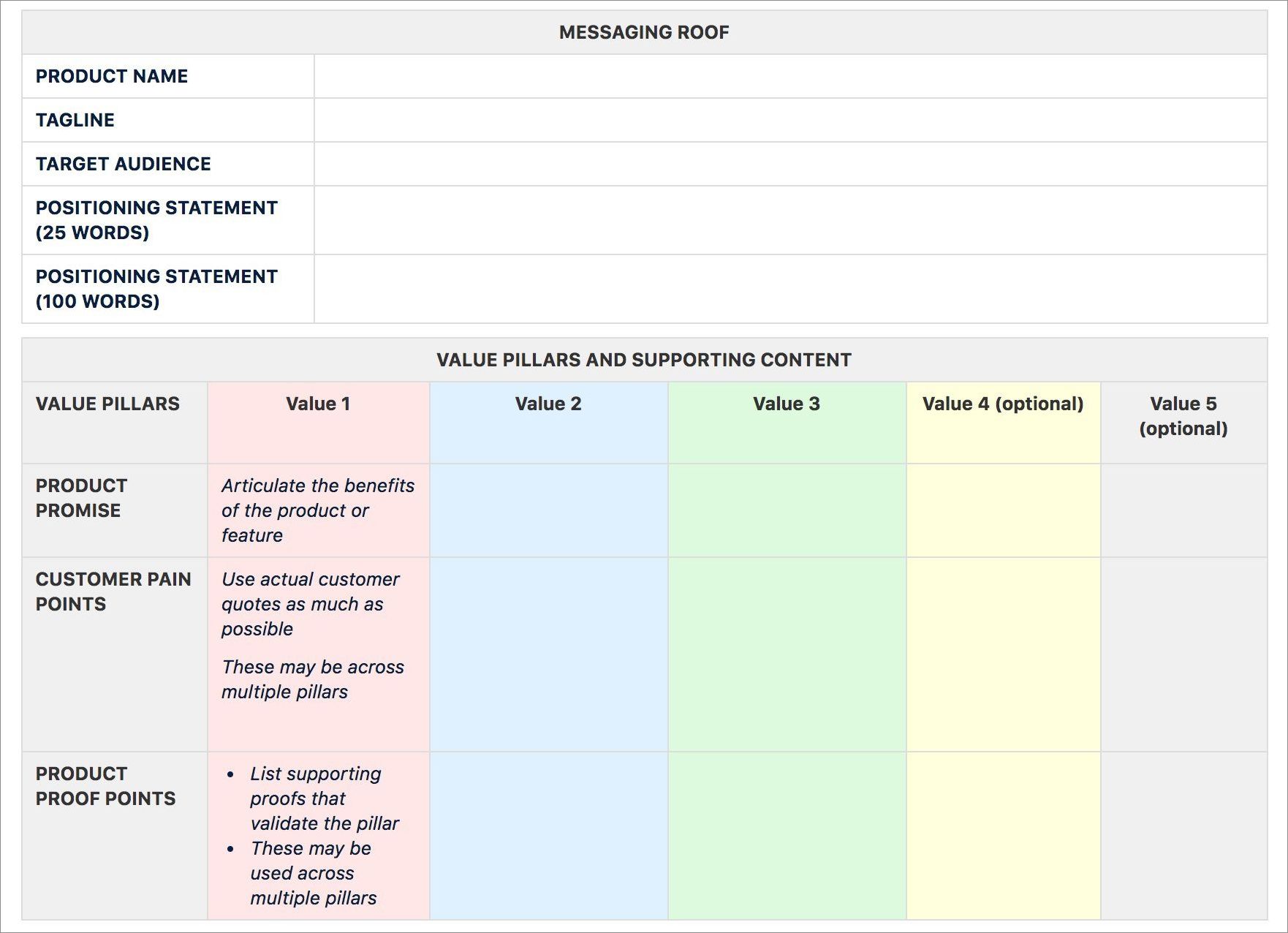Launching a new product can be an exciting and challenging endeavor. A well-planned and executed product launch can make all the difference in the success of your new offering. One of the key components of a successful product launch is creating a comprehensive product launch schedule. A product launch schedule outlines all the necessary tasks, timelines, and resources needed to bring your product to market.
In this guide, we will walk you through the process of creating a product launch schedule that will help you achieve your goals.
What is a Product Launch Schedule?
A product launch schedule is a detailed plan that outlines the activities, milestones, and timelines for launching a new product. It provides a roadmap for all the tasks and activities that need to be completed and helps ensure that everyone involved in the launch is on the same page. A well-structured and organized product launch schedule can help you stay on track, manage resources effectively, and meet your launch deadlines.
Why is a Product Launch Schedule Important?
A product launch schedule is important for several reasons:
- Organization: A launch schedule helps you stay organized and keep track of all the tasks and activities that need to be completed.
- Resource Management: By outlining the necessary resources and timelines, a product launch schedule allows you to allocate resources effectively and ensure that everything is in place for a successful launch.
- Deadline Management: A schedule helps you set realistic deadlines and ensures that you have enough time to complete all the necessary tasks before the launch date.
- Communication: A well-structured schedule helps facilitate communication and collaboration among team members, ensuring that everyone is aware of their responsibilities and timelines.
- Risk Mitigation: By identifying potential risks and challenges ahead of time, a launch schedule allows you to plan for contingencies and minimize the impact of any unforeseen issues.
How to Create a Product Launch Schedule?
Creating a product launch schedule involves several key steps:
1. Define Your Objectives and Goals
Before you start creating your product launch schedule, it’s important to clearly define your objectives and goals. What do you want to achieve with this launch? Are you looking to increase sales, enter a new market, or build brand awareness? Clearly defining your goals will help you prioritize tasks and allocate resources effectively.
2. Identify Your Target Audience
Understanding your target audience is crucial for a successful product launch. Who are your ideal customers? What are their needs and pain points? Conduct market research to gather insights about your target audience, and use this information to tailor your launch strategy and messaging.
3. Conduct a Competitive Analysis
Research your competitors and analyze their product launches. What strategies did they use? What worked well for them, and what didn’t? Identifying key learnings from your competitors can help you refine your launch strategy and differentiate your product from the competition.
4. Break Down Tasks and Set Timelines
Once you have a clear understanding of your goals and target audience, it’s time to break down the tasks and set timelines. Start by identifying the key milestones and activities that need to be completed for a successful launch. Then, assign specific tasks to team members and set realistic deadlines for each task.
5. Allocate Resources
Allocate the necessary resources to each task in your launch schedule. This includes human resources, budget, and any other assets or tools that are required for the launch. Ensure that you have enough resources available to complete each task within the allocated timeline.
6. Monitor and Adjust
Throughout the product launch process, it’s important to monitor your progress and make adjustments as needed. Regularly review your launch schedule and track the completion of tasks. If you encounter any delays or issues, be prepared to adjust your timeline and allocate additional resources if necessary.
7. Test and Iterate
Before the official launch, it’s important to test your product and gather feedback from beta testers or early adopters. Use this feedback to make any necessary improvements or adjustments to your product before the launch date. Iteration is key to ensuring that your product meets the needs and expectations of your target audience.
Example Product Launch Schedule




Here’s an example of a product launch schedule:
- Phase 1: Pre-Launch
- Define objectives and goals
- Identify target audience
- Conduct competitive analysis
- Create a launch strategy and messaging
- Develop marketing materials
- Phase 2: Launch Preparation
- Finalize product development
- Test product and gather feedback
- Refine product based on feedback
- Create a launch timeline and allocate resources
- Train sales and customer support teams
- Phase 3: Launch Execution
- Execute marketing and advertising campaigns
- Launch product website or landing page
- Announce product launch through press release
- Engage with influencers and industry experts
- Monitor and track launch performance
- Phase 4: Post-Launch
- Collect and analyze customer feedback
- Address any issues or concerns
- Optimize marketing and sales strategies
- Continue monitoring launch performance
- Plan for future updates and iterations
Conclusion
A well-planned and executed product launch schedule can significantly increase your chances of success. By defining your objectives, understanding your target audience, and breaking down tasks with realistic timelines, you can effectively manage resources and meet your launch deadlines. Remember to monitor your progress, adjust as needed, and iterate based on feedback. With a comprehensive product launch schedule, you can confidently bring your new product to market and achieve your goals.
Product Launch Schedule Template Excel – Download
